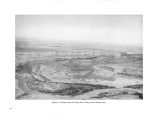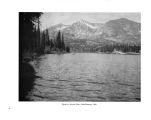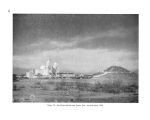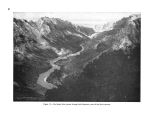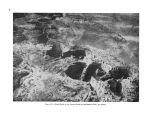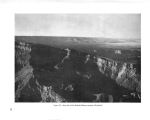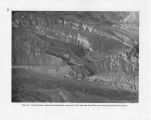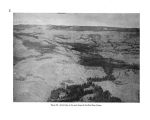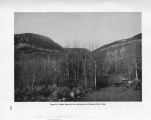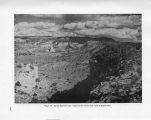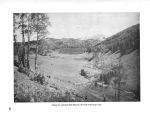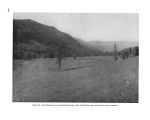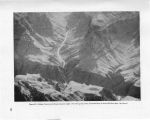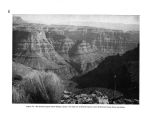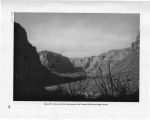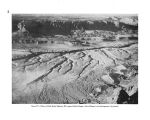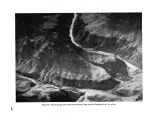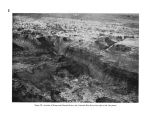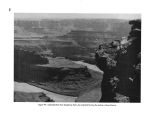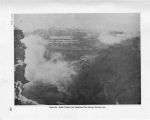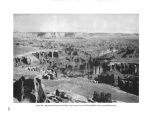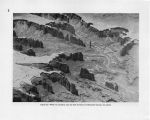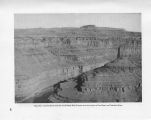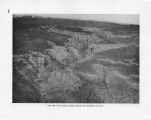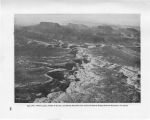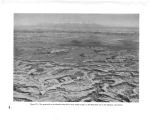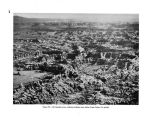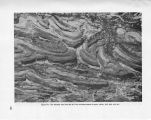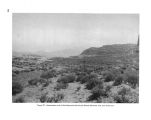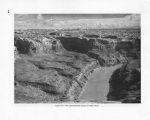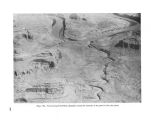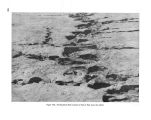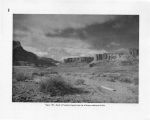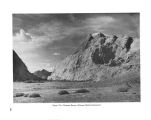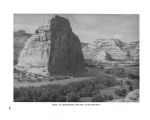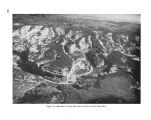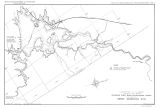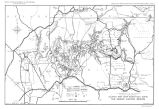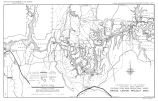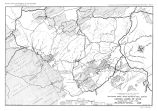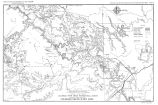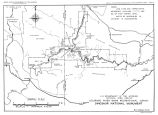| OCR Text |
Show INTRODUCTION Section 2 ( d) of the Boulder Canyon Project Adjustment Act of July 19, 1940, provides authority for financing conservation investigations and studies in connection with the work of the Bureau of Reclamation within the Colorado River Basin. The Bureau of Reclamation, in November 1940, under the authority of the Adjustment Act, requested the National Park Service to identify the scenic, scientific and recreational resources of the Colorado Basin, as a part of a comprehensive plan for the utilization of the water resources of the region. Since its establishment in 1917, the National Park Service has been concerned with these resources. At the present time it administers several areas directly affected by the developments planned by the Bureau of Reclamation. On January 27, 1941, the Secretary of the Interior approved the inclusion of a basin- wide recreational survey as a part of the studies and investigations to be continued and extended under his direction for the formulation of a comprehensive plan of utilization of the waters of the entire Colorado River System. The Secretary also appointed Frederick Law Olmsted, distinguished landscape architect, with wide experience in regional and site planning, as consultant for the survey. The principal purpose of the survey was to obtain the facts essential to the establishment of Departmental policies regarding classification, development and administration of possible water- control projects and areas within the basin, giving due regard to recreational possibilities and the presentation of scenery and other natural features. The survey also embraced the study of recreational resources of large portions of the basin which are not administered by the Department. Information thus gained will be helpful to the Bureau of Reclamation in avoiding needless sacrifices of existing and potential recreational values, and in utilizing opportunities to obtain recreational benefits as an incident to the development of water resources. Another purpose of the survey was to identify and evaluate such areas as might be of outstanding national importance, so that measures may be taken to maintain them in a high state of preservation for public enjoyment. This study was not exhaustive. An attempt to enumerate and evaluate all types of recreational resources, both existing and potential, throughout the entire basin, would have been a huge undertaking beyond the scope of the survey. The National Park Service first focused its attention on areas in which the most pressing problems occur, namely, Dinosaur National Monument, the Grand Canyon area, and the Canyon Lands of southeastern Utah. The work was done by the Branch of Lands ( now the Land and Recreational Planning Division) of the Service, headed by Conrad L. Wirth, with Mr. Olmsted as consultant. Field headquarters of the survey were established in the National Park Service Region Three Office in Santa Fe, N. Mex. with one member of the field staff assigned to the Region Two Office in Omaha, Nebr., to cover problems falling within that region. Frequent consultation with Bureau of Reclamation officials was the rule. Valuable assistance was given by the Grazing Service ( now included in the Bureau of Land Management), the Fish and Wildlife Service, the Bureau of Indian Affairs, and the Geological Survey, as well as many other Federal and State agencies and private individuals. Appreciation is expressed to Dr. Herbert E. Gregory and Edwin D. McKee for their collaboration in the preparation of the chapter on the geology of the xvii |




























